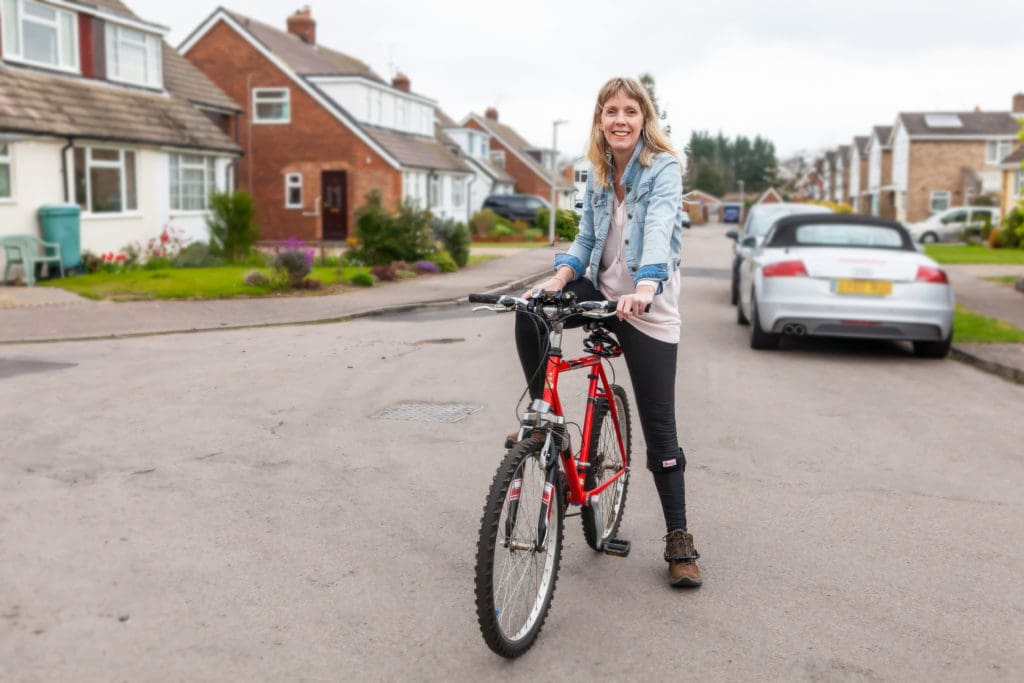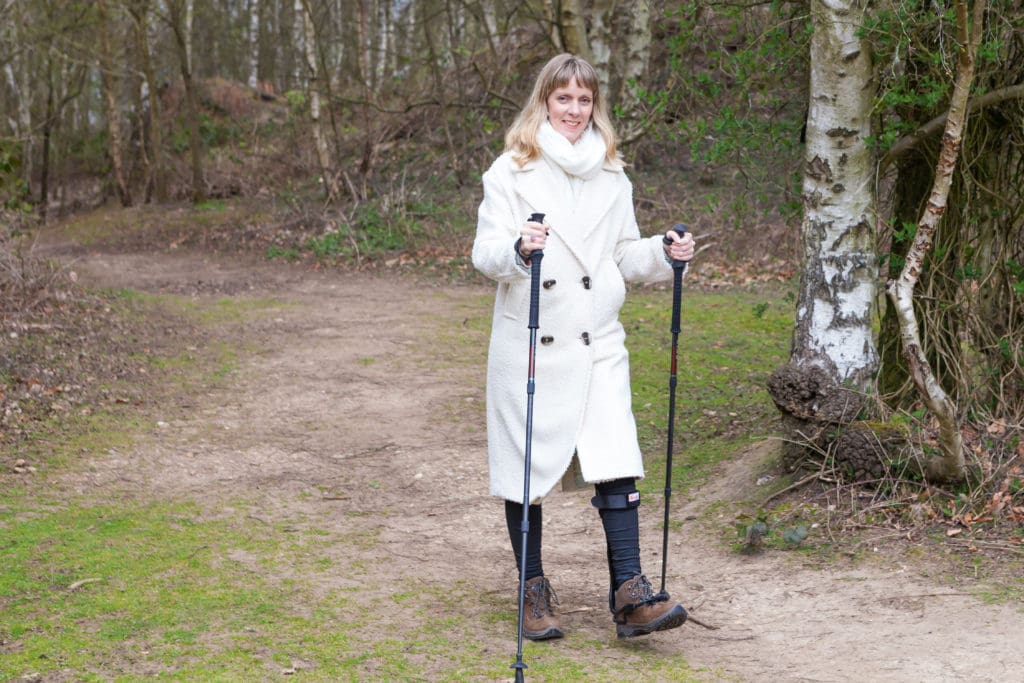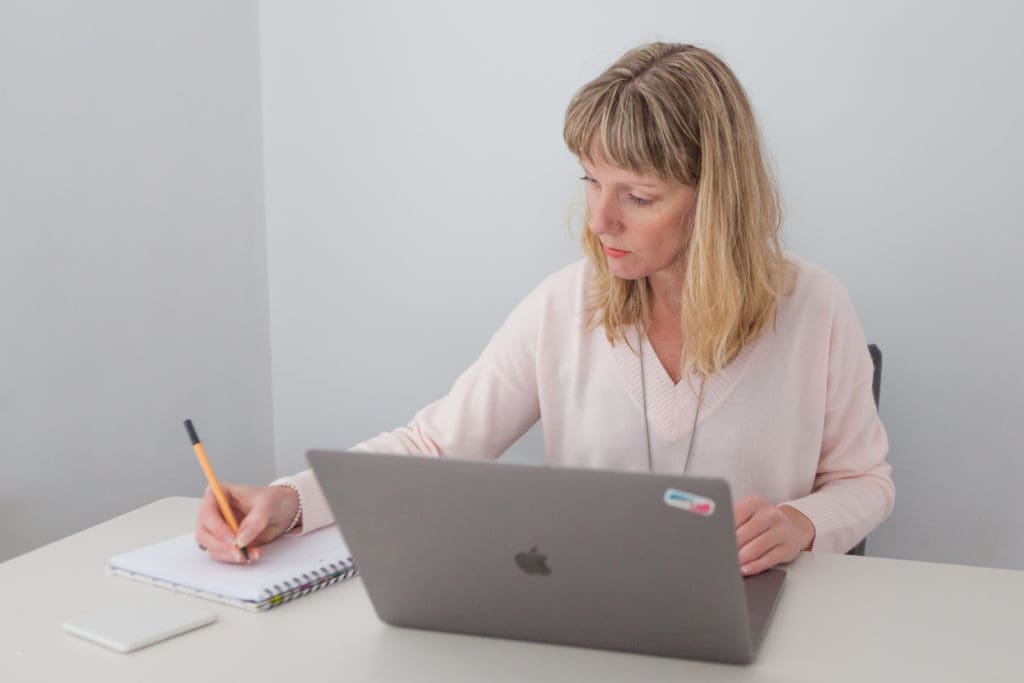My top tips for people with a spinal cord injury who can walk
11 July 2019

My name is Jenny, and I have a spinal cord injury and can walk. I have an L1 injury with partial paralysis down my left side, which makes it difficult to get around without walking aids.
Due to the nature of my injury, I didn’t have the opportunity to go to a spinal centre and receive the support and information that some might get going through that route. For that reason, I’ve put together some tips to help other people who may be in a similar situation to me.
1. Back Up
My first tip has to be to use Back Up’s services. After I got in touch, I used their incredible mentoring service. Speaking to my mentor, I finally felt understood for the first time since my injury. I then went on to attend their Next Steps course, specifically designed for people with a spinal cord injury who can walk. I was able to be around other people going through the same things as me, have a laugh about it all for the first time, and pick up lots of helpful tools for daily management of my injury.
2. Orthotics
By chance I came across a neuro physio who introduced me to the concept of orthotics. She showed me the Allard ToeOFF 2.0 and suggested walking may be easier and less tiring for me with one of these. I got an appointment at my local hospital orthotic department, via my GP, and got prescribed a ToeOFF. This wonderful piece of kit, which fits in my shoe, has transformed the way I walk. Not only has it made walking easier, it saves me huge amounts of energy.

Jenny’s Allard ToeOFF 2.0 and Turbomed FS3000
I found another orthotic called the Turbomed FS3000 on YouTube, which helps people with foot drop. I saw videos of people walking up mountains with this orthotic. Before my injury I was a keen mountaineer, and I really missed that active part of my life. My orthotist managed to persuade my hospital to prescribe me a Turbomed. It fits on the outside of my footwear and, unlike the ToeOff, can fit to my walking boots. Earlier this year, I trekked up my first mountain post injury in Oman – a huge milestone for me.

Jenny, cycling with her Turbomed FS3000 orthotic
3. Poles and Sticks
Another aid that I use every day are my walking poles. At first, I used a gold walking stick that I bought from Amazon. I liked that it was gold as it gave me a bit of post injury glamour, but I soon realised it wasn’t that practical in terms of its weight and the hand grip.
So, I thought I’d try my mountaineering walking poles that I used before my injury. They are incredibly lightweight, retractable and easy on my hands and wrists. The sticks are also a visual cue to people. As I find it difficult to change directions when walking, they can see me coming and move out of my way.

Using the right walking aids helps Jenny live an active life
4. Badges
It took me three years to discover that I was eligible for a blue disabled badge and priority seating badge for the train. My neurologist wrote a letter stating these would both be useful for me and, luckily, they were both granted. The blue badge allows me to conserve so much more energy. If it hadn’t been for someone on Next Steps course suggesting I might be eligible, I may never have known about it.
5. Asking for help
Before my injury, I was very independent. I’ve had to learn to swallow my pride and ask for support and help – be that someone to talk to or practical help carrying things. Sometimes I feel like I don’t want to bother people by asking for help, but the people who care for me are always more than willing to pitch in. Most strangers, too, are perfectly happy to assist me if I ask them.
As my injury is so invisible, I had to overcome the shame I initially felt about asking for help in case people thought there was nothing wrong with me. But it’s become an essential part of my recovery process to accept that I need help from time to time, and to overcome the fear of judgement when I ask for it.
6. Old and New
Pre-injury, I was very active and sporty. I played field hockey and was a keen mountaineer. When I sustained my injury, I spent a long time focusing on the things I couldn’t do any more.
It was through Access Adventures that I discovered a whole new active paradise. I’ve never had so many tears of joy on those weekends than I have had practically my whole life! I discovered new sports like hand cycling, archery and canoeing. It was also great to be around other people where spinal cord injury wasn’t the most important thing. We were just people who were having fun, playing sports, drinking a beer, and having a laugh together.
7. Employer
My employer has been amazingly supportive. I work from home two days a week to help me conserve my energy as I find commuting really tiring. I’m also lucky enough to have two work laptops, one for home and one for the office, as I was damaging my knees carrying a heavy laptop to and from work. I’m currently exploring Access to Work options too in order to help make my journey to work easier.

Working from home prevents Jenny from getting fatigued
8. Steps of Grief
One thing I wasn’t prepared for was the emotional response to my injury. I was listening to a radio programme and they were talking about the main stages of grief –Denial, Anger, Bargaining, Depression and Acceptance (DABDA). Listening to the programme made my whole emotional experience make sense. For me, spinal cord injury has been as much about managing my emotional health as it has about managing my physical health. I write this in case any of you or your loved ones are having a hard time and your emotions have taken you by surprise.
What’s next for me?
The next step on my spinal cord injury journey is getting a mobility scooter or wheelchair, so I can conserve my energy and look after my physical health in the long term.
If you have a spinal cord injury and can walk, Back Up’s support is here. You can drop us an email or call the office on 020 8875 1805 to find out more about how we can help you.
Jenny is taking on the Kayak the Great Glen challenge to raise funds for Back Up, and you can visit her fundraising page to sponsor her.


